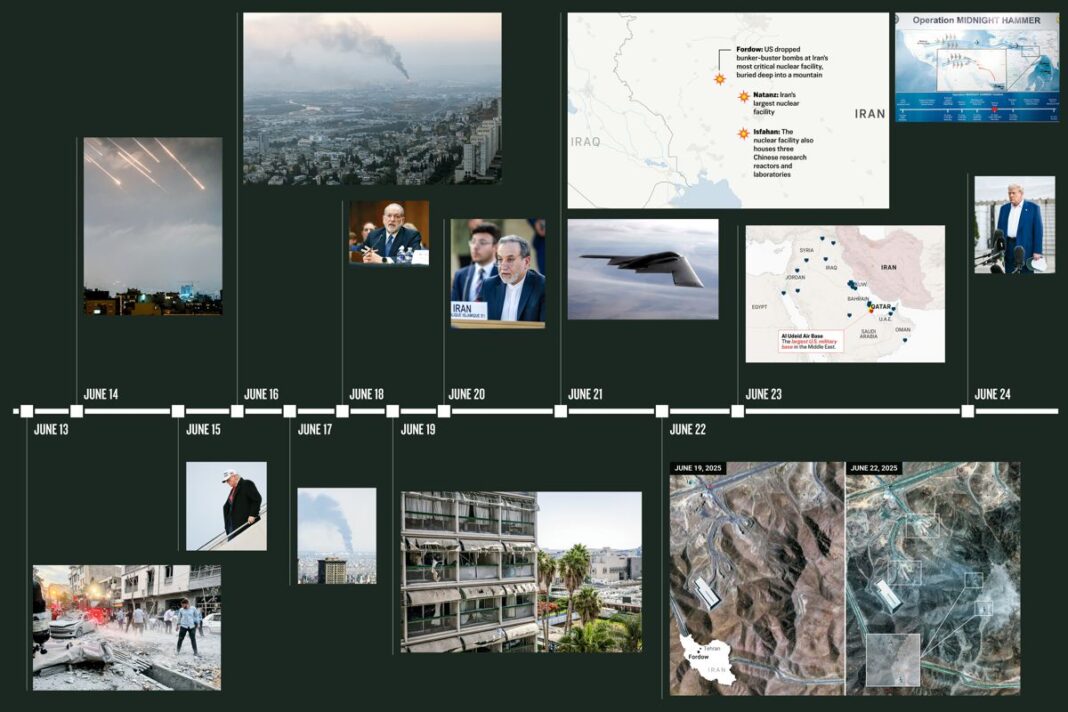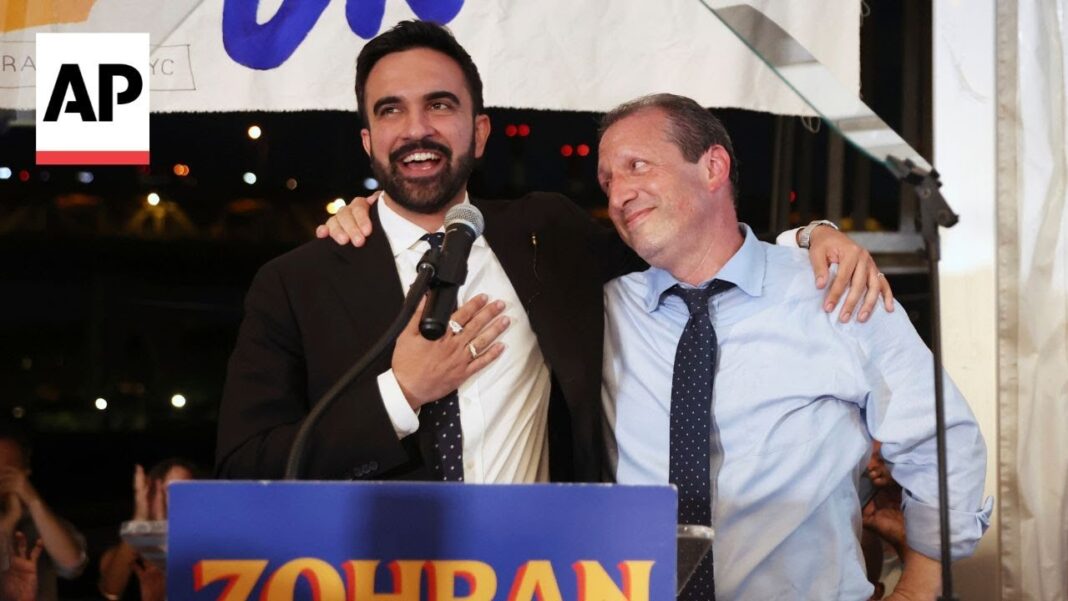A stealth US military operation led to a cease-fire between Israel and Iran and changed the dynamics of the Middle East.
After trading fire for about 12 days, Iran and Israel have agreed to wind down a conflict that set the Middle East on edge.
The conflict began amid an impasse over Iran’s nuclear program. U.S. President Donald Trump had pressed Iran to agree to abandon its nuclear programs. While Iran has insisted it’s not pursuing nuclear weapons, Iranian negotiators had signaled reluctance to give up Iran’s uranium enrichment capabilities.
In the early morning hours on June 13, Israeli warplanes launched a surprise attack aimed at crippling Iran’s nuclear program and offensive military capabilities. Following the attack, Iranian representatives pulled out of talks set for June 14 with U.S. counterparts in Oman.
Iran also retaliated for the Israeli strike with barrages of explosive drones and ballistic missiles, several of which managed to slip through Israel’s air defense networks, causing death, injuries, and damage throughout Israel.
As the conflict grew, the U.S. military diverted the Nimitz Carrier Strike Group to the Middle East and set its troops on heightened alert.
Before the fighting came to a close, Trump ordered an around-the-world stealth bomber strike targeting three Iranian nuclear sites. The primary target of this U.S. bombing mission was the Fordow uranium enrichment facility, situated hundreds of feet underground, mostly out of reach of the weapons Israel’s Air Force possesses. The Trump administration has touted the strikes on the three Iranian nuclear facilities as a huge success, though the full extent of the damage to Iran’s nuclear program is not entirely clear.
Following what he cast as a “weak” and largely theatrical Iranian retaliatory missile barrage targeting a U.S. base in Qatar, Trump announced that both Iran and Israel had agreed to a cease-fire to end the conflict.
“I would like to congratulate both Countries, Israel and Iran, on having the Stamina, Courage, and Intelligence to end, what should be called, ‘THE 12 DAY WAR,’” Trump wrote in a June 23 Truth Social post laying out the cease-fire plan.
Reflecting on the course of the conflict in an interview with Fox News host Bret Baier later that evening, U.S. Vice President JD Vance said the short-lived conflict marked an opportunity to change the course of diplomacy in the Middle East.
“I actually think, when we look back, we will say the 12-Day War was an important reset moment for the entire region,” Vance said.
By Ryan Morgan








